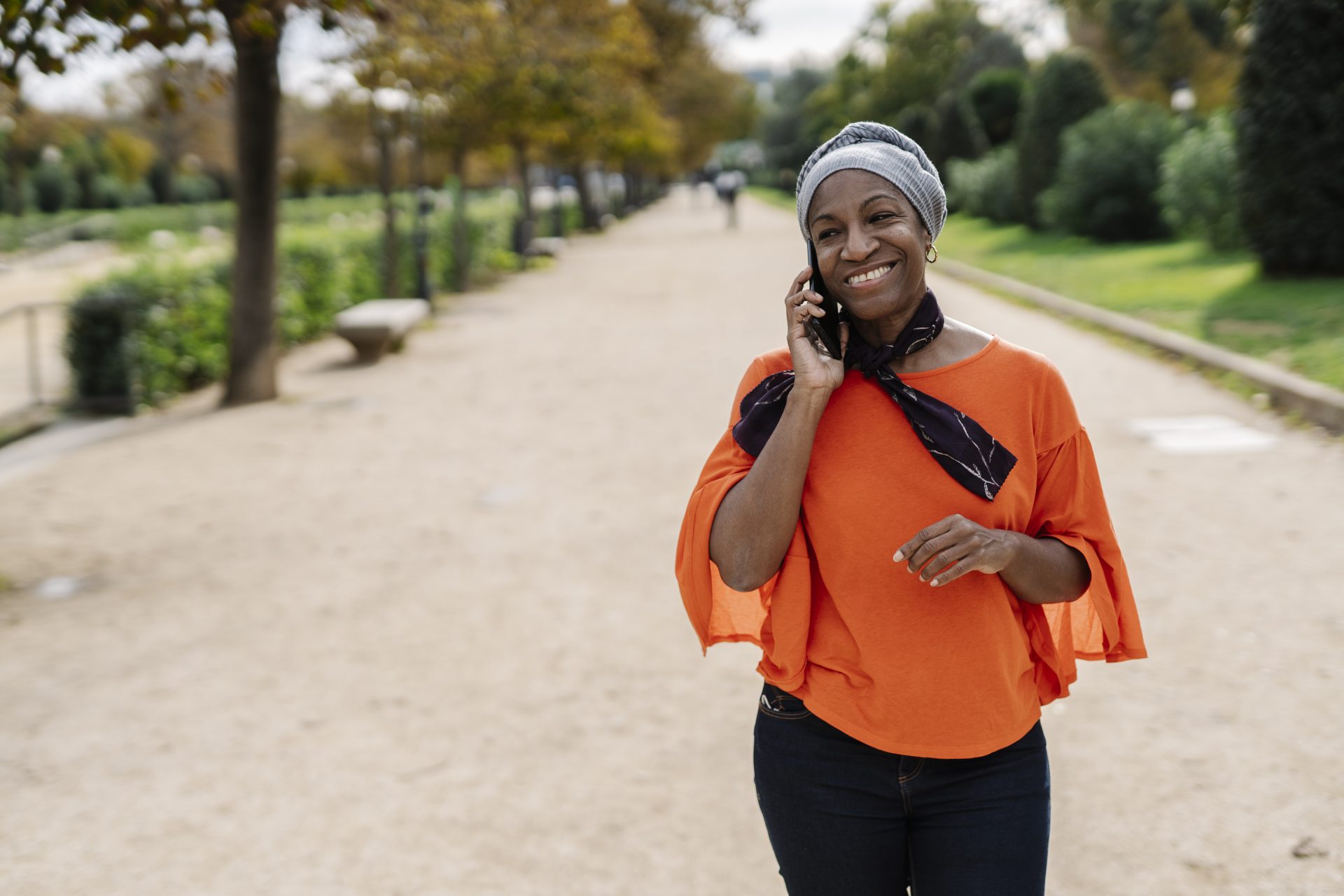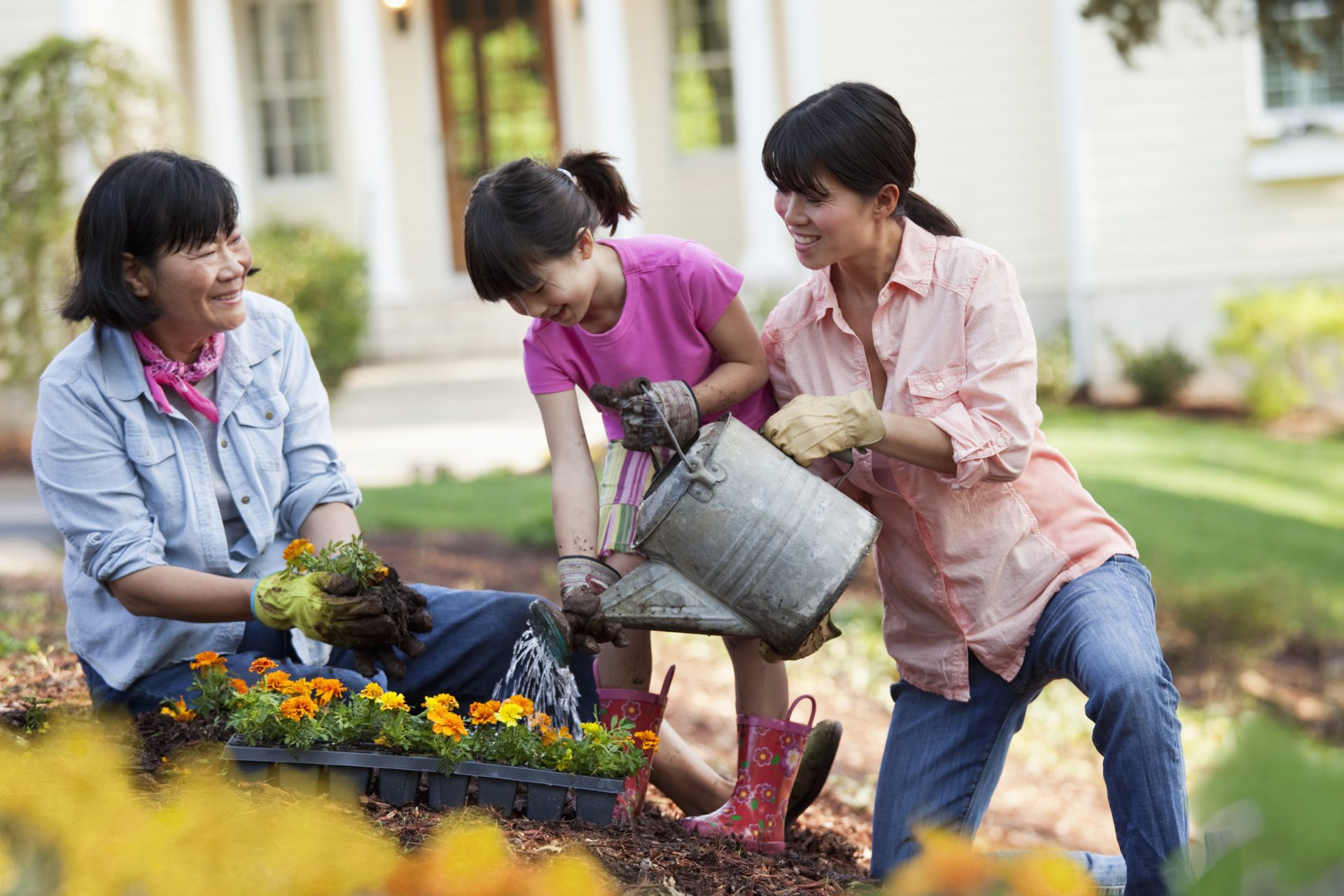l5 exhibited somatic dysfunction

We all know exercise is a key component of living well, but is there is a specific type of exercise linked to living a longer and healthier life? Research from the blue zones – places where people live longer – may have the answer.
If you’re unfamiliar with a blue zone, it’s a term coined by Dan Buettner, longevity expert and author of The Blue Zones Of Happiness, which refers to longevity hotspots.
Simply put, the world’s blue zones are the five places where people live the longest – and most importantly, see extreme old age in with good health. These are Okinawa, cyclogyl brand Japan; Loma Linda, California; Sardinia, Italy; Nicoya, Costa Rica; and Ikaria, Greece. People living in these blue zones generally live longer, are happier and have lower rates of chronic disease.
A team of researchers and demographers found that all five blue zones share nine specific lifestyle habits, and one of the things they had in common was their approach to exercise.
You may also like
How optimism can help you live longer (and why negativity may do the opposite)
How do people in the blue zones exercise?
People in blue zones think about movement a little differently to how we might. Instead of doing an intense hour-long workout once a day, their emphasis is on moving naturally throughout the day. The key thing is finding ways of moving that you actually enjoy.
According to Buettner: “The world’s longest-lived people don’t pump iron, run marathons or join gyms. Instead, they live in environments that constantly nudge them into moving without thinking about it. They grow gardens and don’t have mechanical conveniences for house and yard work. And they walk every single day. Almost everywhere.”
Does that mean we should all cancel our gym memberships? Not quite, but since many of us are living sedentary lifestyles, we can try to be more intentional by getting up and moving around more often and taking frequent stretch breaks. Those small bursts of movement are more beneficial than you may realise – and this is where the concept of NEAT comes in.
What is NEAT?
NEAT or non-exercise activity thermogenesis refers to any form of activity that isn’t a structured workout, such as walking to the supermarket, gardening and even fidgeting.
Leslie Kenny, co-founder of the Oxford Longevity project and owner of Oxford Healthspan, explains how people in blue zones achieve higher levels of NEAT. “People spend plenty of time outside in the sunshine getting active movement when gardening, walking, hiking or simply relaxing. This is a great example of ‘stacking lifestyle habits’,” she tells Stylist.
“For example, the Ikarians in Greece effortlessly ‘exercise’ by gardening, walking to their friends’ homes or doing everyday errands in their walkable communities. In Okinawa, they have the bonus of ‘floor culture’, eating their meals and/or resting in the squat position. Getting up and down off the floor several times a day builds lower body strength and refines balance, both of which help protect against falls and later life frailty.”
You may also like
5 squatting hacks to make the exercise more comfortable and reduce pain
What are the best types of movement for longevity?
Walking
In the blue zones, walking is an integral part of daily life and we all know that walking has so many health benefits – it’s great for our hearts, it can boost our immune system and increase our lifespan, to name just a few.“We think of walking as so easy, but there are actually over 200 muscles engaged every time you take a step,” Buettner says.
Kerry Dixon, personal trainer and founder of The Athlete Method previously told Stylist that she recommends “a daily walk of at least 30 minutes”.The important thing to remember is that the emphasis isn’t on walking long distances for a long period of time, but instead, finding parts of our day where we can add in a little bit more movement, for example in a walking meeting.

Gardening
Buettner shares that in all of the blue zones, people “continue to garden even into their 90s and 100s. Gardening is the epitome of a blue zone activity because it’s sort of a nudge: you plant the seeds and you’re going to be nudged in the next three to four months to water it, weed it, harvest it.”
If you don’t have a garden, you could try getting an allotment in a community garden, create a balcony garden or grow your own herbs indoors. Or if gardening isn’t your thing, we explore how you can incorporate more natural movement into your day below.

How can you improve your NEAT?
Three key ways to increase your NEAT are:
1. Posture (how long you spend in one position)
2. Ambulation (standing and walking around)
3. Spontaneous movements
“Variety is key: switch up your sitting positions frequently, get up and walk around more, invest in a standing desk, go for midday walks, change how you commute and incorporate low-intensity exercise into your week,” explains Dr Amal Hassan, a sport and exercise medic.
The takeaway? Less structured exercise and more natural ways of movement seem to be the way forward. That doesn’t mean giving up your gym habit for a daily walk, but thinking more about how often we move can be freeing if, for whatever reason, you can’t go for a run or a weights session.
Images: Getty
Source: Read Full Article